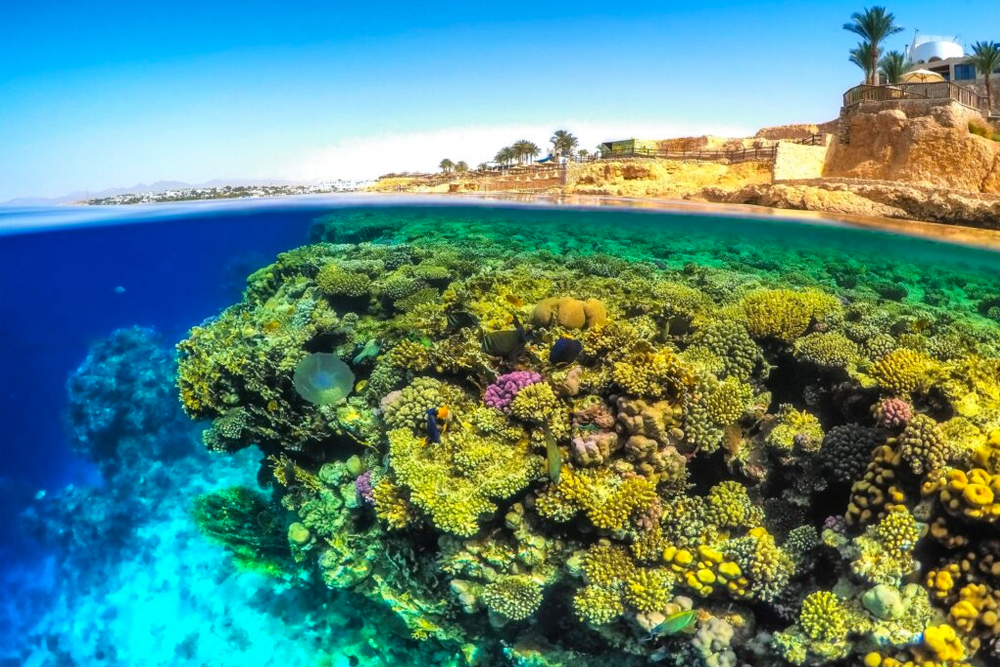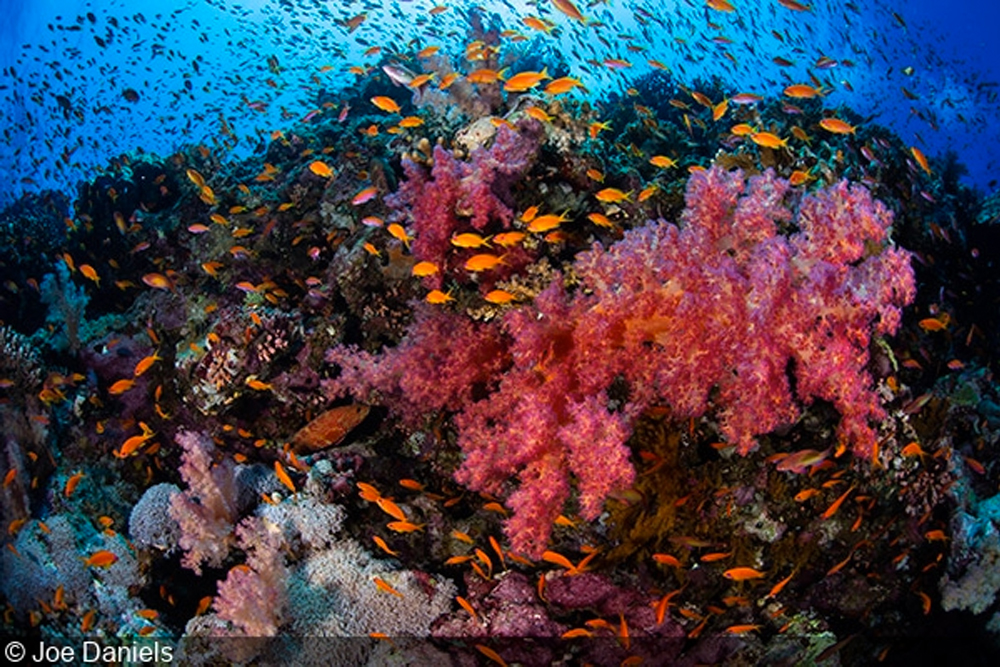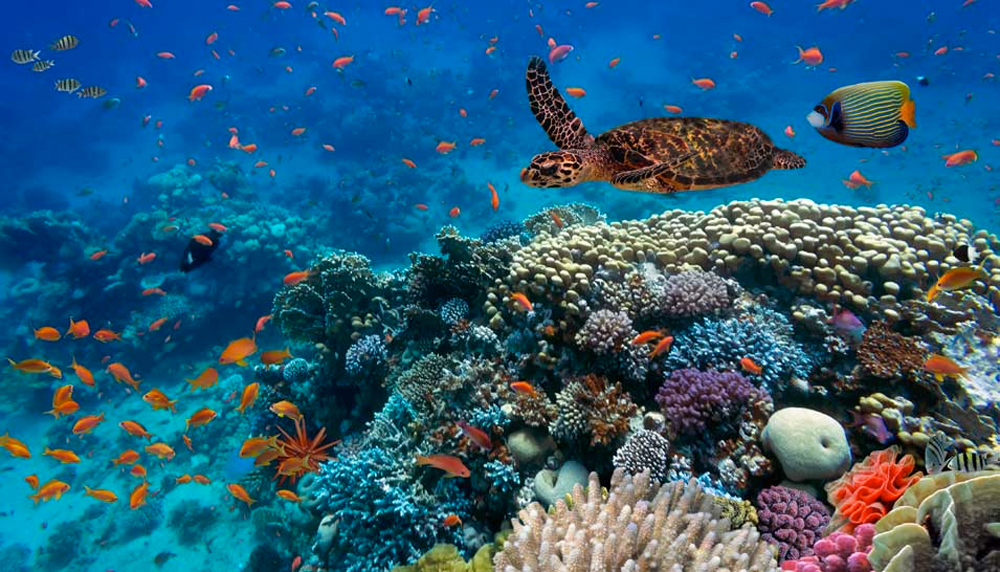
A comprehensive research survey was recently conducted by eco-responsible developer, Red Sea Global, to study the 250km of the Red Sea Coastline. Sources state that this is one of the largest environmental surveys of wildlife ecosystems carried out globally. The Red Sea has always been one of the most diverse underwater ecosystems in the region with many scientists, researchers, marine biologists from all over the world coming to Saudi Arabia to study this magnificent bionetwork.

“Throughout our organization, at the heart of everything we do, lies the conviction that responsible development and regenerative tourism are essential in the fight to protect the natural habitats of our world’s precious marine and coastal areas,” John Pagano, the Group CEO of Red Sea Global has recently explained in a statement.
“That’s why we’re pioneering the creation of new benchmarks for our industry. We aim to push beyond conservation and explore innovative ways to regenerate the natural ecosystems in which we operate,” he continued on to explain.

Pagano also spoke about the target of the organization, “We’ve set a quantifiable target of achieving a 30% net conservation benefit by 2040, and we will continue to publish annual updates that measure our progress toward this ambitious goal. Key to that is setting a baseline from which we track progress, and ensuring we are fully informed and understand the incredible biodiversity that surrounds our developments.”
And with these goals, the company has been implementing studies and surveys to be able to monitor the natural treasure that is the red sea. With this new study, here are some of the key findings:
- 74 Hawksbill, 145 Green sea turtle nesting tracks were recorded at Amaala 251 Hawksbill and 613 Green turtle nesting tracks at The Red Sea.
- 2 Osprey nests were found on An Numan. 2 further nests occupied by breeding pairs were found on Nabgiyah and Awandia.
- Colonies of 6 bird species were discovered on Amaala islands, mostly were Lesser-crested terns and Bridled terns.
- 193 fish species were recorded during the 69 Amaala surveys, with the most diverse families being Wrasse (36 species) and Damselfishes (24 species).
- Reef sharks were seen at Amaala in 12 of 69 sites, and at The Red Sea in 6 of 82 sites.

















